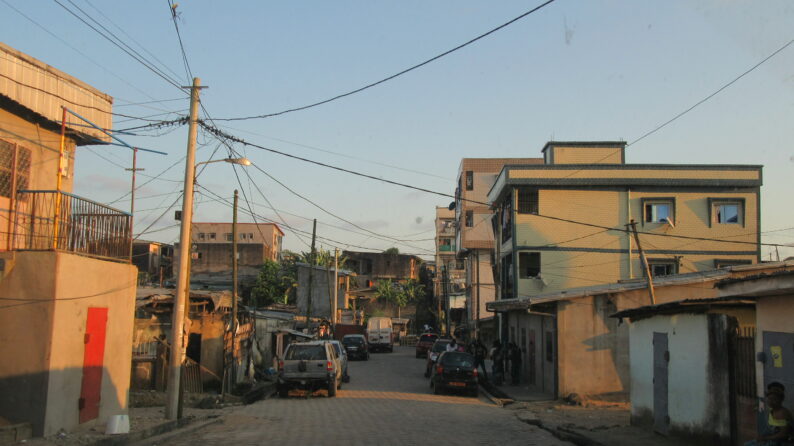While in the Global North urbanization trends have happened based on a structural transformation, in Sub-Saharan Africa (SSA) they are characterized by a much more transient and mobile population who frequently move to, from, between and within urban areas. Indeed, translocal livelihoods are common in Sub-Saharan Africa (SSA): households do not rely on a single location but spread their livelihoods over various locations, by moving between these on a frequent basis and/or by splitting the household over these locations (Steinbrink & Niedenführ, 2020). Thus, cities in Africa can be seen as “translocal spaces [that] are constantly co-produced by mobile and immobile populations” (Greiner & Sakdapolrak, 2013, p. 376). People’s frequent moving shapes and reshapes the city physically as well as socially. It also blurs the boundaries between the ‘urban’ and the ‘rural’, since translocality is associated with being engaged with people and activities in both spheres. However, for many people in SSA, the rural homestead remains the basis of their identity, more than the city (Adepoju, 2006). This has implications for place attachment: when people feel that they inherently do not belong in a place, that they are there only temporarily or that they are a ‘guest’, they will act differently than if they would consider a place their home. This can influence their demands towards as well as their investments in the city.
There is a common preconception among researchers and policy makers in Africa that people aspire to be homeowners, thereby ignoring rental market dynamics and related policies (Arku et al., 2011; Gilbert, 2008; Mwau & Sverdlik, 2020). Yet, considering translocal living practices, rental housing is an important mode of accessing housing in the city. According to the latest household survey, almost 60% of Douala’s population are tenants (ECAM4, 2014). However, little is known about residential mobility in Sub-Saharan Africa, especially among tenants. When and why do tenants decide to move? How often do people move? Where do they move to and from? And what informs their residential choice? The aim of this research is to contribute to the understanding of how residential mobility in SSA shapes the city by exploring mobile populations’ residential mobility behaviour. Specifically, it aims to better understand residential mobility of tenants in Douala by exploring their housing pathways and residential mobility decisions. These insights will also be useful for better understanding the housing needs and desires of tenants.



